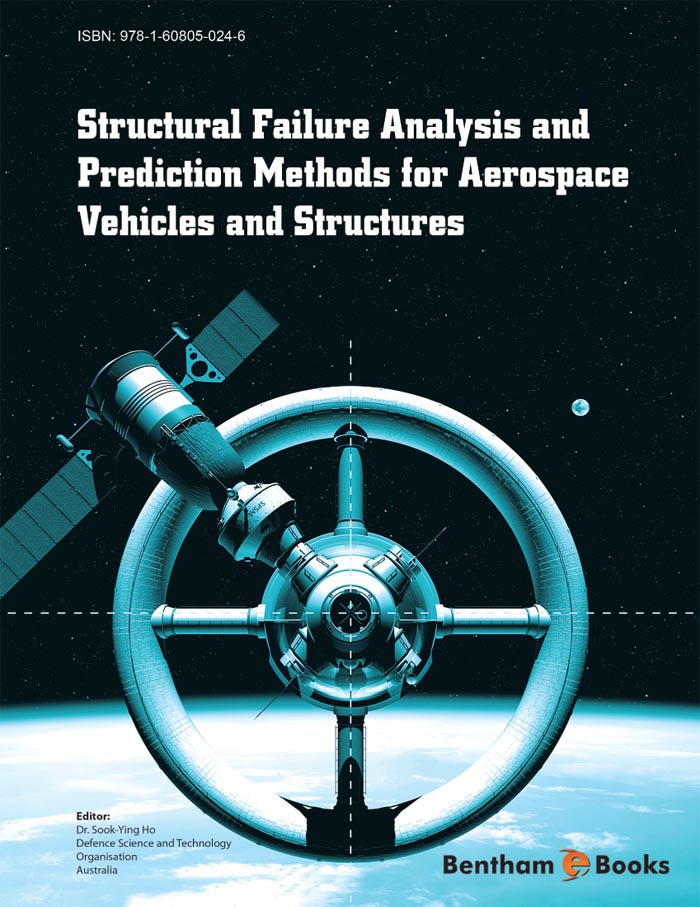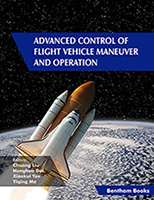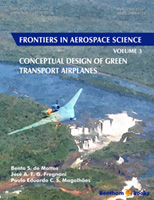Introduction
This book deals with structural failure (induced by mechanical, aerodynamic, acoustic and aero-thermal, loads, etc.) of modern aerospace vehicles, in particular high-speed aircraft, solid propellant rocket systems and hypersonic flight vehicles, where structural integrity, failure prediction and service life assessment are particularly challenging, due to the increasingly more demanding mission requirements and the use of non-traditional materials, such as non-metallic composites, in their construction. Prediction of the complex loading environment seen in high-speed operation and constitutive / fracture models which can adequately describe the non-linear behaviour exhibited by advanced alloys and composite materials are critical in analyzing the non-linear structural response of modern aerospace vehicles and structures. The state-of-the-art of the different structural integrity assessment and prediction methodologies (including non-destructive structural health monitoring techniques) used for the structural design, service life assessment and failure analysis of the different types of aerospace vehicles are presented. The chapters are written by experts from aerospace / defence research organizations and academia in the fields of solid mechanics, and structural mechanics and dynamics of aircraft, rocket and hypersonic systems. The book will serve as a useful reference document containing specialist knowledge on appropriate prediction methodologies for a given circumstance and experimental data acquired from multi-national collaborative programs.





